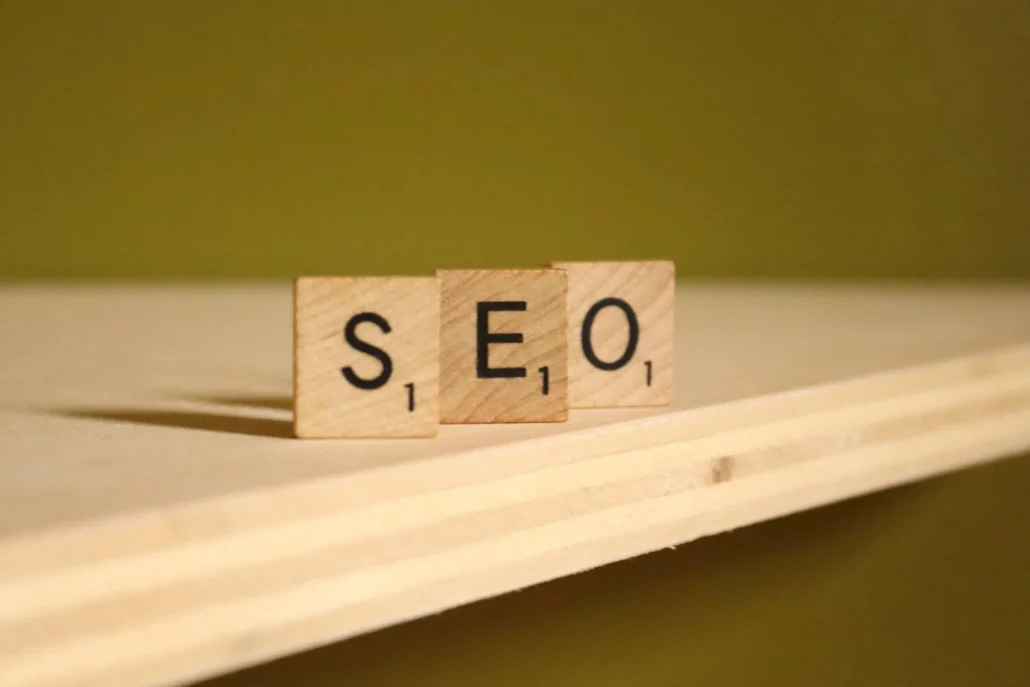The importance of agility in the buyer journey for customer lifetime value (CLV)
Today’s customers want to feel understood. Once they experience an intuitive shopping experience where everything they need is presented before they even know they need it, they will come back to enjoy that experience again and again. In turn, you greatly increase CLV.
Customers want to feel spoken to with engaging, positive online shopping experiences. If you’ve done nothing to improve your customer’s experience, they will become bored and find the products they need elsewhere.
A wide variety of marketplaces makes online shopping easier than ever for customers but has created a highly competitive e-commerce landscape. With the combination of growingly intuitive search engines, personalization, and machine learning, if you aren’t keeping up with the latest technology, your site feels outdated.
Add to this the reduced attention spans of the average consumer, and a failure to leverage technology like PIM will leave you eating your competition’s dust.
Lead customers to the products they’ve been looking for
Increasing customer lifetime value (CLV) requires effectively guiding clients to the correct product. Making sure that your website and products are easily discoverable through search engine optimization is one of the best methods to accomplish this. Search engines rate your website better when the product data is distinctive, relevant, and well-organized. This makes it easier for potential customers to find your offers fast. Through attracting the correct clients and facilitating their shopping experience, this visibility directly affects CLV. A Product Information Management (PIM) system is a key tool for organizing and improving product material. It simplifies this process and improves your entire search engine optimization approach.
Benefits of PIM
With a PIM, your team can quickly add relevant keywords, image tags, and thoroughly studied search terms to enhance product data. This strengthens your product pages and gives search engines consistent, comprehensible content to index. A PIM can assist in making sure that product titles, descriptions, technical details, and photos, for instance, are in line with what people generally search for when buying electronics—whether it’s a particular model number or more general terms like “best budget smartphones.” Showing customers the most appropriate product based on their search queries not only raises your site’s SEO ranking but also improves their experience.

CLV Prediction
After optimizing and organizing your product data, you can start making a more accurate CLV prediction about customer behavior every time. You can learn more about what customers are probably looking for by examining the terms and phrases they use. This predictive power allows you to proactively display the right products, complete with captivating photos and thorough product descriptions, delivering a more informative and engaging shopping experience. To improve customer satisfaction and increase the possibility of repeat sales, your website may highlight related items such as hiking boots or backpacks if a customer often searches for outdoor gear.

Furthermore, you may improve your site’s search capabilities by utilizing search history and performing analysis on results pages. You can improve your internal search engines by cross-referencing less popular search phrases with more often-used ones. This will guarantee that users always get what they need, even with less exact queries. You can change your search parameters to ensure that future searches provide more precise results, for instance, if someone searches for “waterproof jackets” and ends up on the page for raincoats. This degree of convenience can enhance the entire shopping experience, and increase customer loyalty and subsequent purchases.
Search engines
Search engines like Google gain from this optimization as well as customers, as it makes it simpler for them to index and display your products when relevant searches are made. When your website is completely optimized for search engines, you get a CLV boost by making sure that users can locate what they’re looking for quickly. Over time, this smooth and streamlined experience maximizes the value of each customer by promoting long-term customer loyalty and repeat business.
In short, helping customers find the correct product through efficient SEO optimization, PIM-enhanced products, and predictive analytics not only enhances their purchasing experience but also has a direct positive impact on customer lifetime value.
Knowing your customer to increase CLV
You must have a thorough understanding of your customers when maximizing customer lifetime value (i.e. their journey, paint points, etc.). Offering individualized services and goods that are catered to their particular requirements fosters customer happiness and trust, which in turn motivates repeat business.
Saving Money vs. Saving Time

For many customers, saving money is not as important as saving time. They want a smooth shopping experience where you show them the things they need based on their tastes and previous behavior; they don’t want to spend hours sorting through pointless stuff. In addition to increasing customer happiness, customization encourages customer loyalty.
eCommerce brands can use customer data to propose things that are extremely relevant to a customer’s browsing history or past purchases, rather than just providing random product recommendations. For instance, if a customer purchases exercise equipment on a regular basis, the retailer may recommend new gear or apparel based on their past purchases or products they’ve browsed. By streamlining and improving the shopping experience, this targeted, data-driven strategy raises the probability of repeat business and, as a result, increases customer lifetime value.
eCommerce Personalization
Personalization is more than just displaying similar products; it involves establishing a shopping experience that speaks to each customer individually. You might draw attention to products that support a customer’s beliefs for sustainability and ethical business operations, for instance. Customers are more likely to connect with your business when you use eco-friendly imagery, emphasize sustainable product sourcing, and highlight green practices in product descriptions. Alternatively, giving customers easy access to product spec sheets, reviews, and how-to instructions can enhance their overall experience and foster trust if they are more meticulous and prefer thorough information before making a purchase.

This easy-to-use purchasing strategy emphasizes pertinent information and tailored messaging to support the insights you’ve gained about each customer’s preferences. By doing this, you improve the customer’s buying experience and fortify the emotional bond that exists between your brand and the customer. Enhancing customer engagement, increasing customer lifetime value (CLV), and fostering long-term success are all contingent upon your ability to adjust to each individual customer’s distinct preferences.
Improve customer experience to boost CLV
Increasing CLV (Customer Lifetime Value) can be achieved through enhancing the customer experience. Positive customer experiences with your brand boost the likelihood of repeat business, which gradually raises the value of your customer base. Focus on offering a smooth, customized experience at every touchpoint in the customer journey to make the most of this.
Enhancing the design of the product page in an online store, providing expedited shipping, and streamlining the checkout procedure make it easy to acquire a product to increase CLV. Example, Amazon’s recommendation system, which provides individualized ideas based on past purchases, as an example of a product that can enhance CLV. Because of this customization, current customers are inclined to spend more, which raises their lifetime value.
You may improve customer engagement, which has a direct impact on customer retention rates, by making investments in user-friendly designs and rapid response times. In actuality, concentrating on keeping the existing customer base rather than attracting new ones reduces your customer acquisition cost and increases revenue.
Use Customer Feedback to boost CLV
Customer feedback is an essential resource for enhancing your goods and services, which will ultimately enable you to compute and maximize customer lifetime value. Customer loyalty is increased when you show that you value their thoughts by proactively seeking feedback.
You may improve the whole experience by making the required adjustments, for instance, if clients consistently bring up problems with your online product. This increases word-of-mouth recommendations and helps you draw in a new customer at a lesser cost in addition to helping you keep your current clientele.
You can get feedback by conducting frequent polls, reading internet reviews, and contacting customers directly through customer support channels. Businesses can use the information acquired to forecast customer behavior and make changes that better reflect what customers actually desire. Understanding the demands of your clients can help you provide better services that will increase customer retention and CLV.
PIM as your ‘crystal ball’
When all your product information is centralized, down to the most complex specs, you can know what the customers want even before they do. You can remain two steps ahead of the customer with increased agility to meet each stage of the buyer journey. For instance, you can look at previous browser or purchase histories to understand interests to serve up intelligent product recommendations you know they’ll love.
You can even use customer demographics to share targeted content, so the wording your older customers see is different from the wording used for a younger audience. A PIM provides a centralized product information location with endless description versions, so all information is presented in the exact terms each segment understands.
When you have a central hub for information, you can easily feed personalized information to each customer based on past behavior to boost CLV.
How to increase customer lifetime value: eCommerce potential
Businesses need to focus on customer satisfaction, customer engagement, and improved customer loyalty through improved experiences and regular feedback loops if they want to raise customer value. Businesses can increase customer retention and prediction accuracy of CLV by using tools such as PIM and routine customer feedback collection to anticipate customer behavior and provide customized solutions. If you can master these proven tactics, you can secure ongoing growth and profitability in the highly competitive world of eCommerce today.












